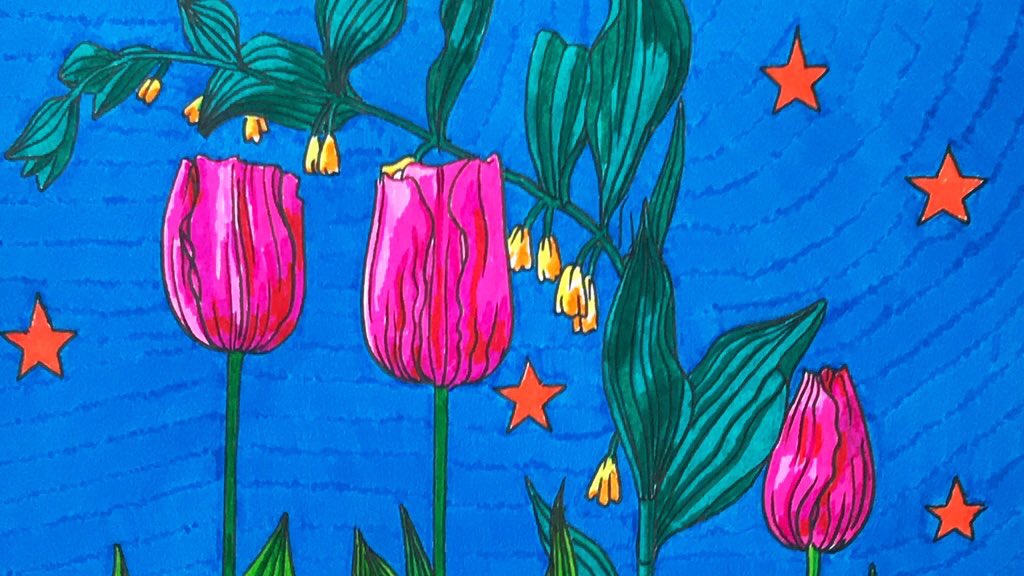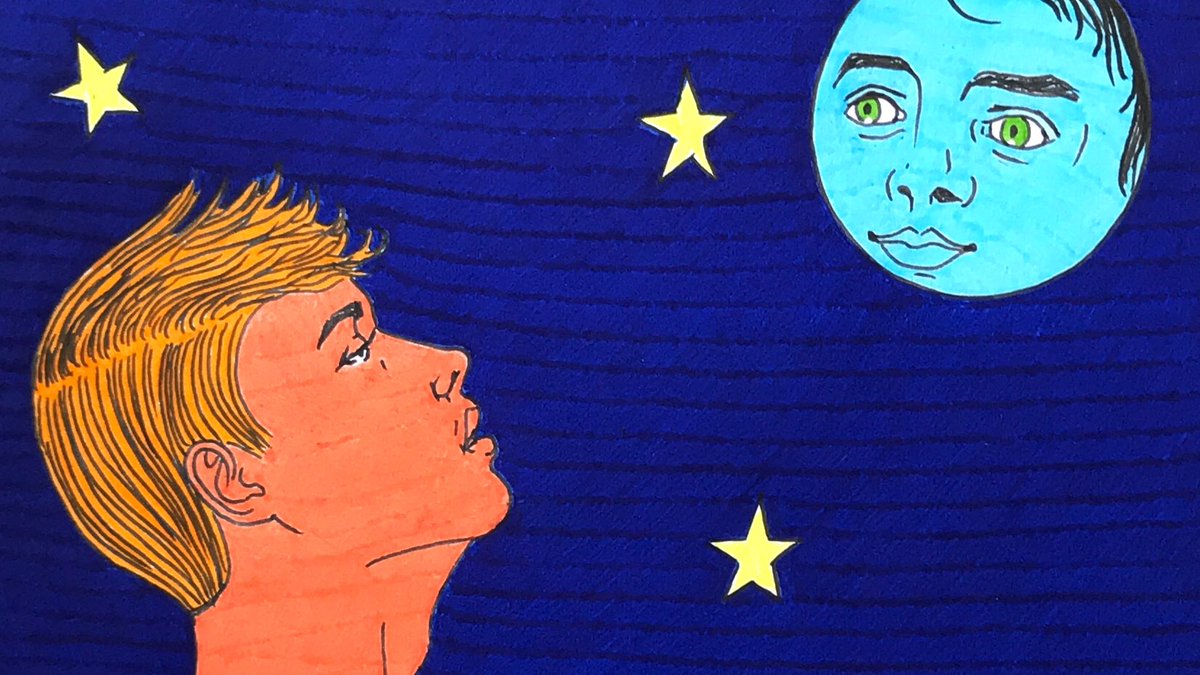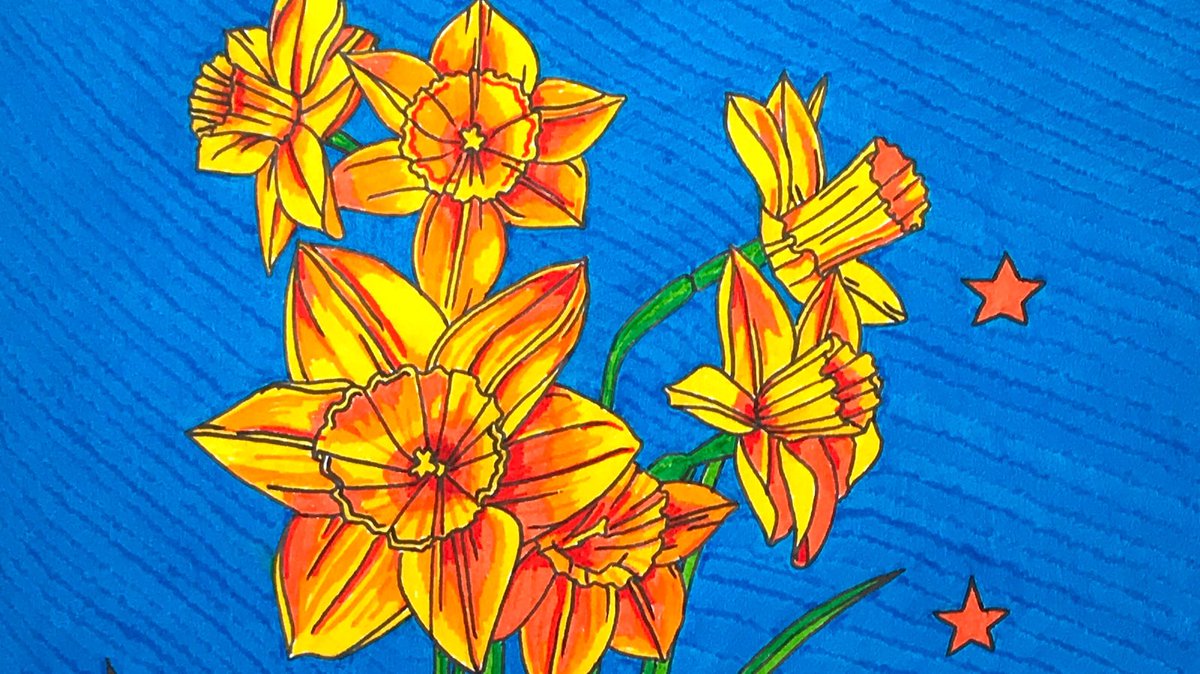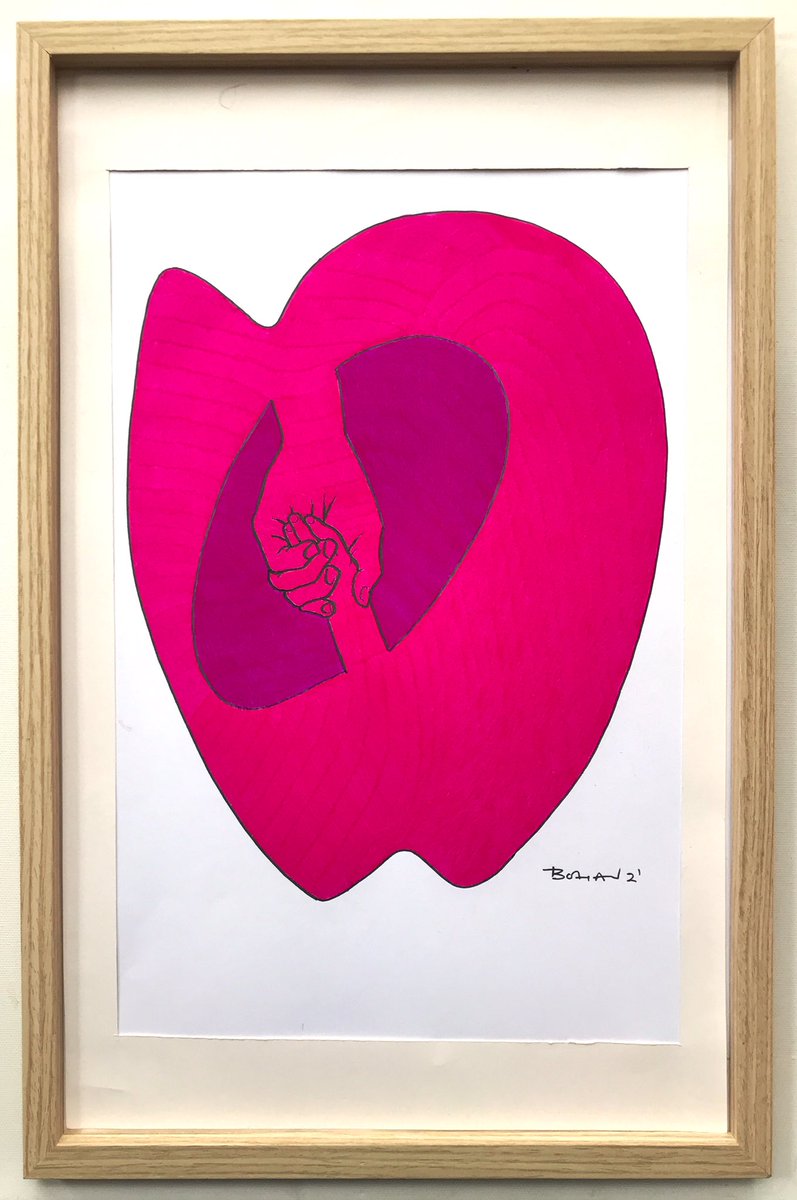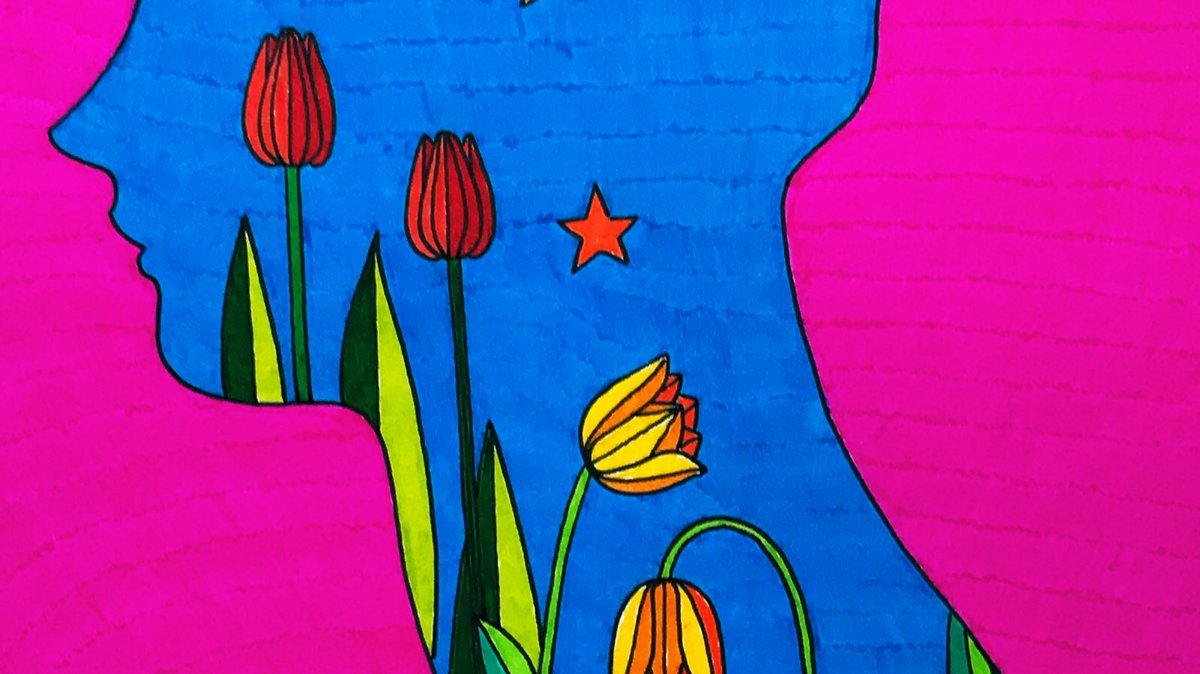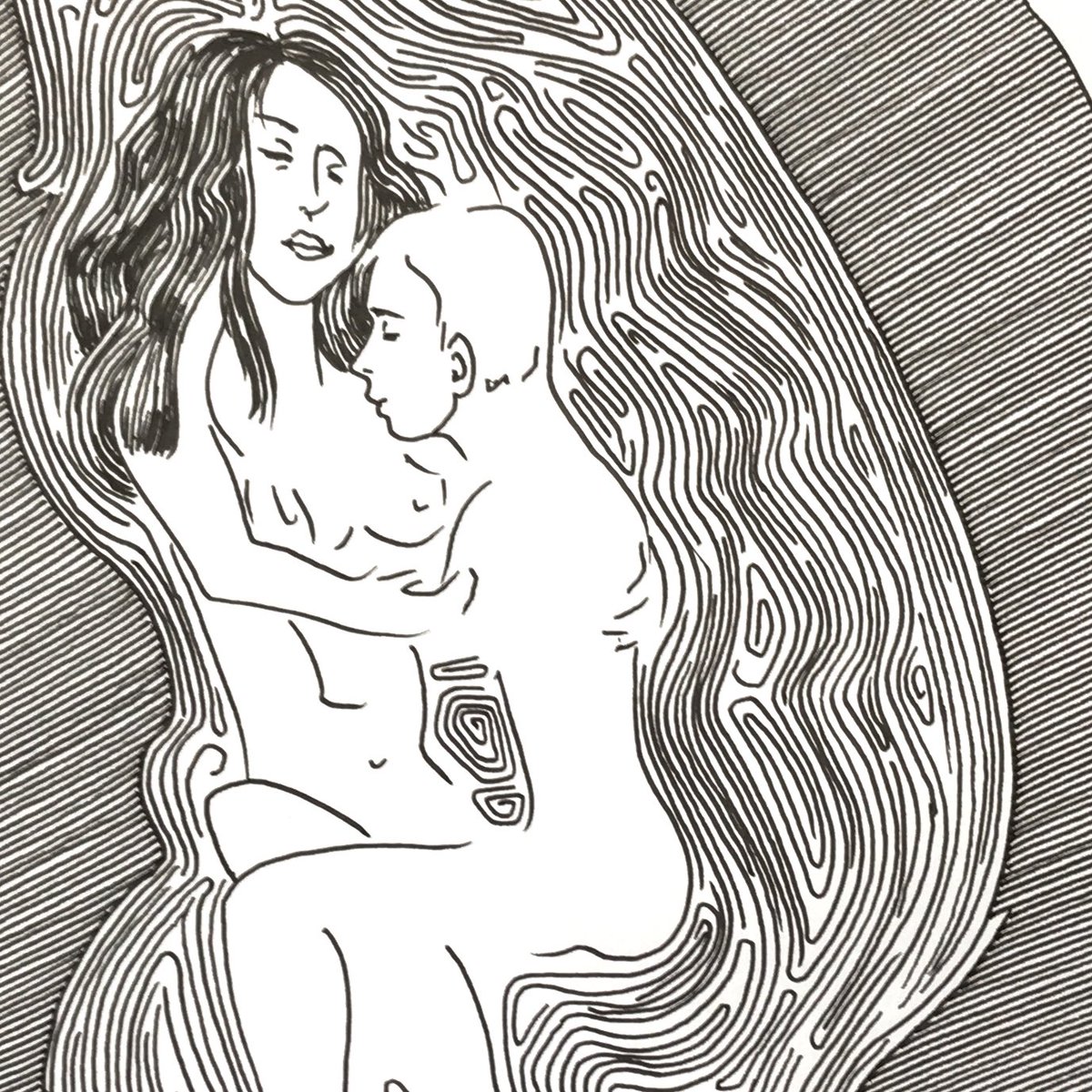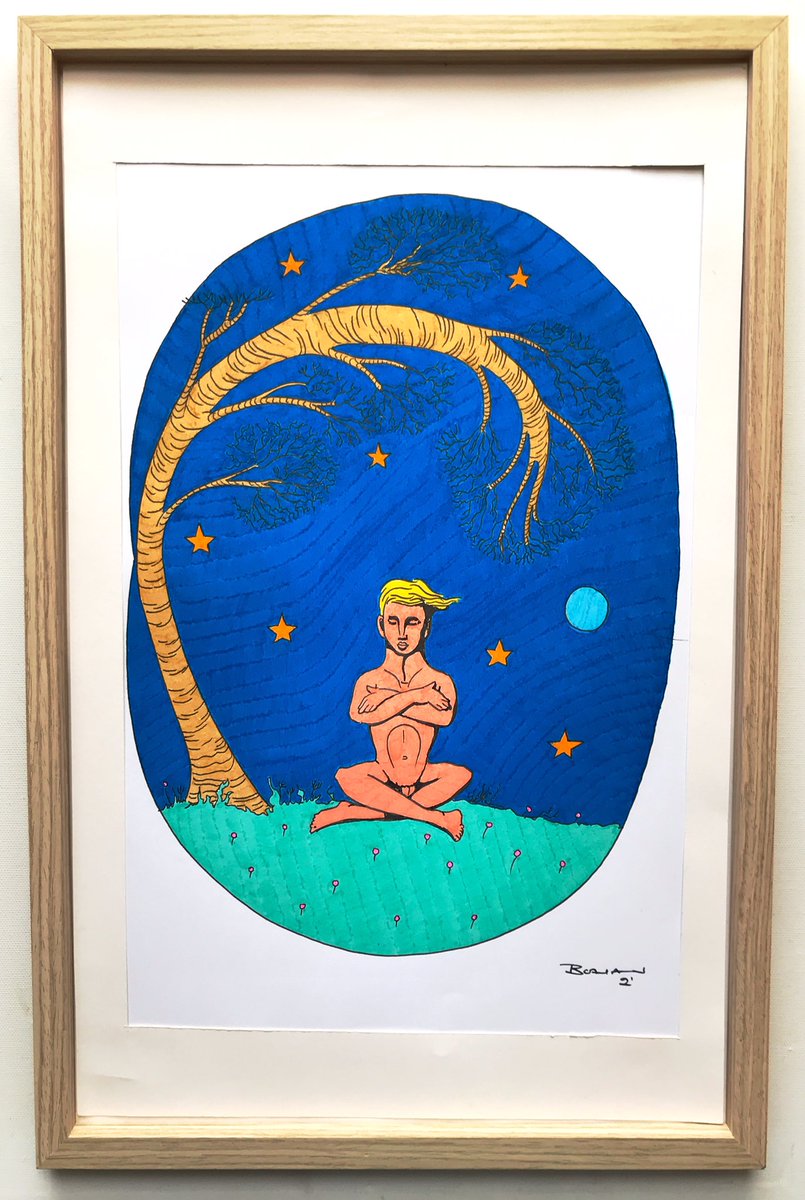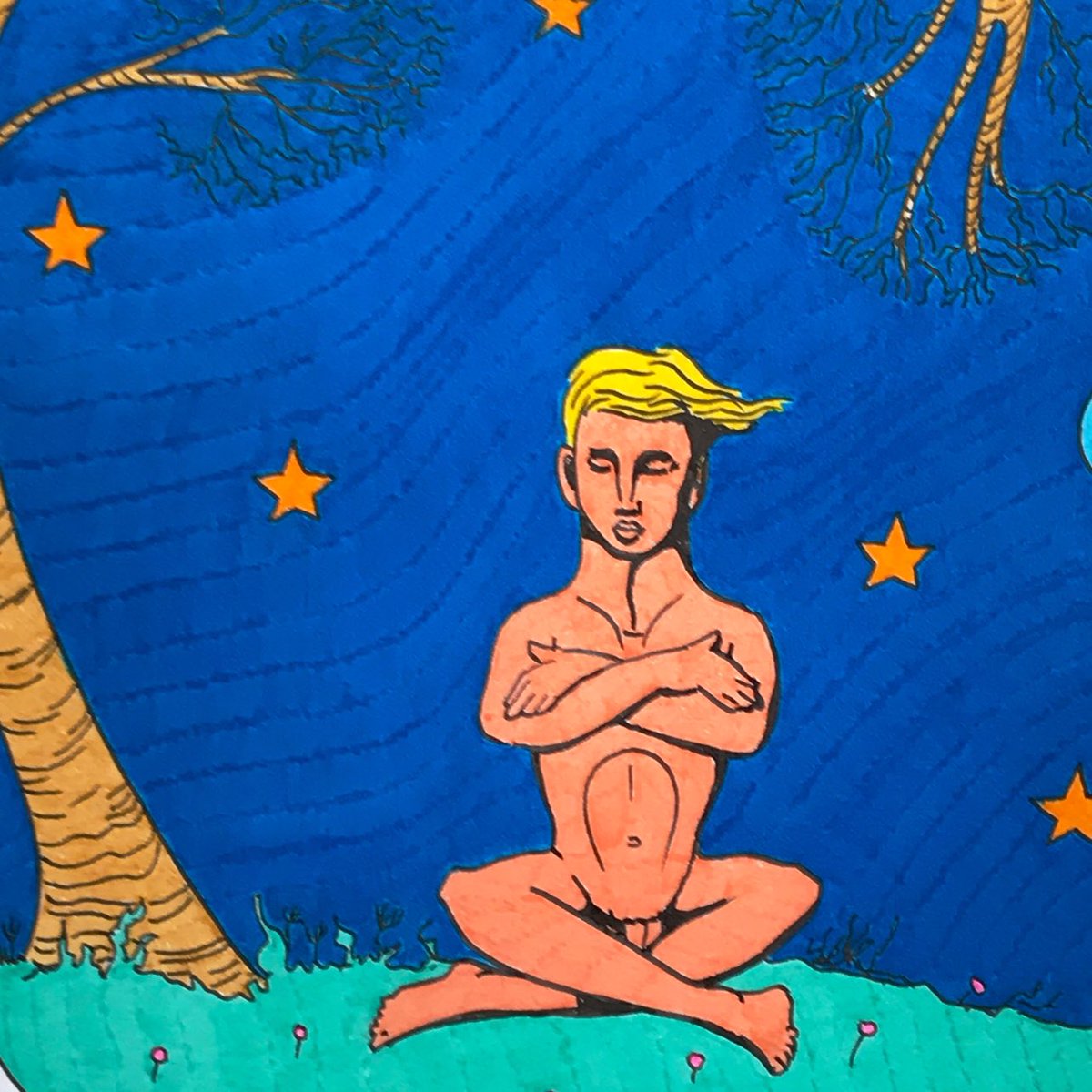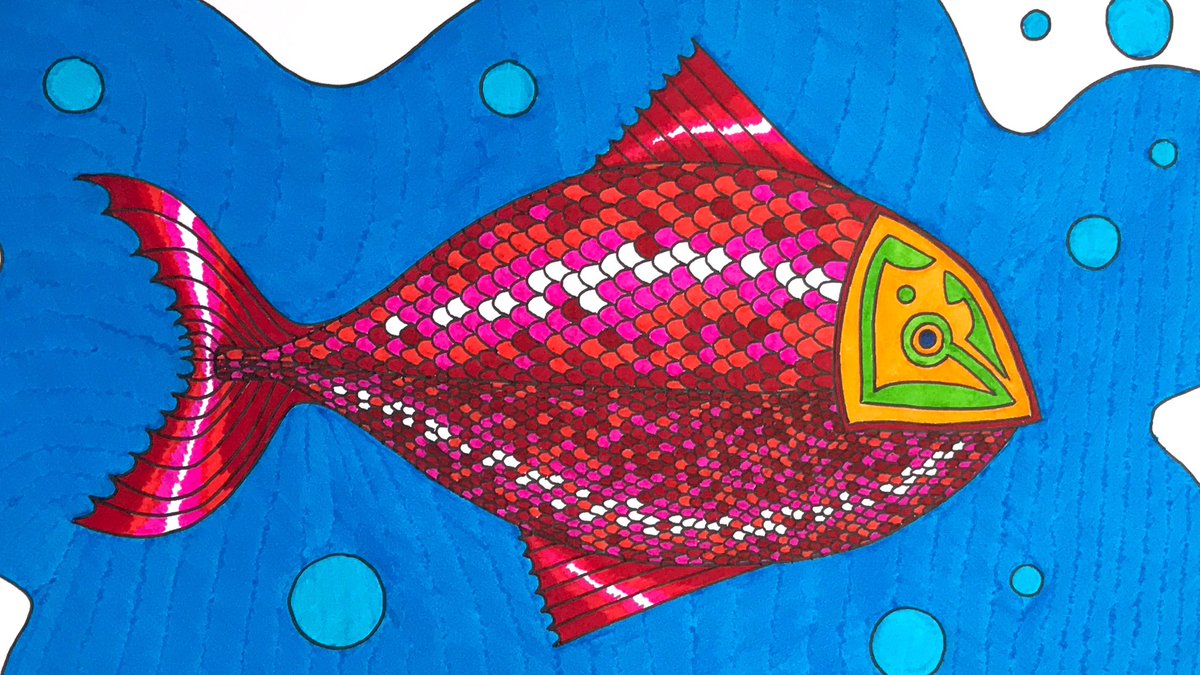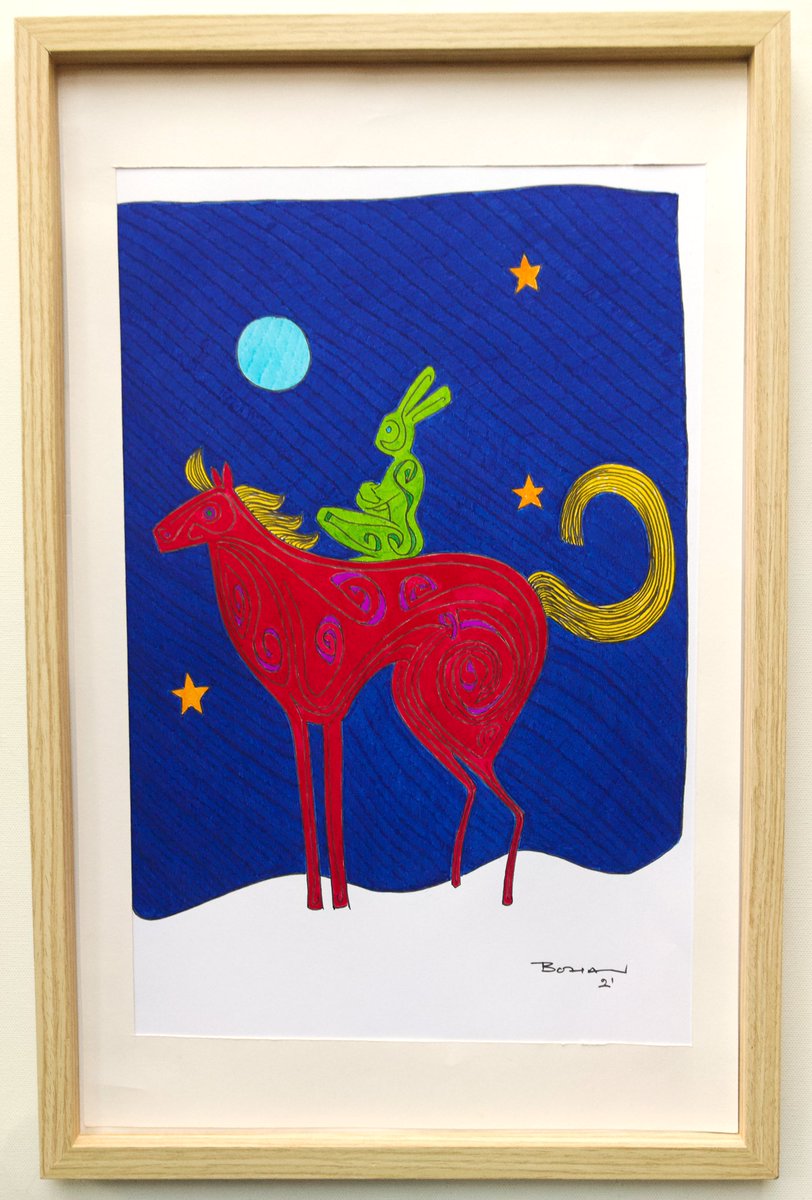
Thread: Artemisia Gentileschi (1593-c1656) is one of the most famous artists. The Italian painter’s biography & Baroque images of women & violence are arresting & powerful. Her life & art are fascinating. I’m sharing my overview of her for #internationalwomensday2021 

Artemisia was born in Rome & her father was the great painter Orazio. He originally hailed from Tuscany & was a disciple of Caravaggio’s. Artemisia would also have the same style, having been taught by her father. Madonna (1609) 

I love Artemisia’s work for her commitment to authentic emotion. That urge to truth is part of my own work. Take a look!
https://twitter.com/robertbohan/status/1368681832280190987
The artist’s father recognised the talent of his daughter & noted that she had no peer. Where father & daughter differed was that Artemisia embraced both emotion & naturalism whereas her father sought a more courtly manner. Judith (c1611), Inclination (1613) & Judith (1613) 


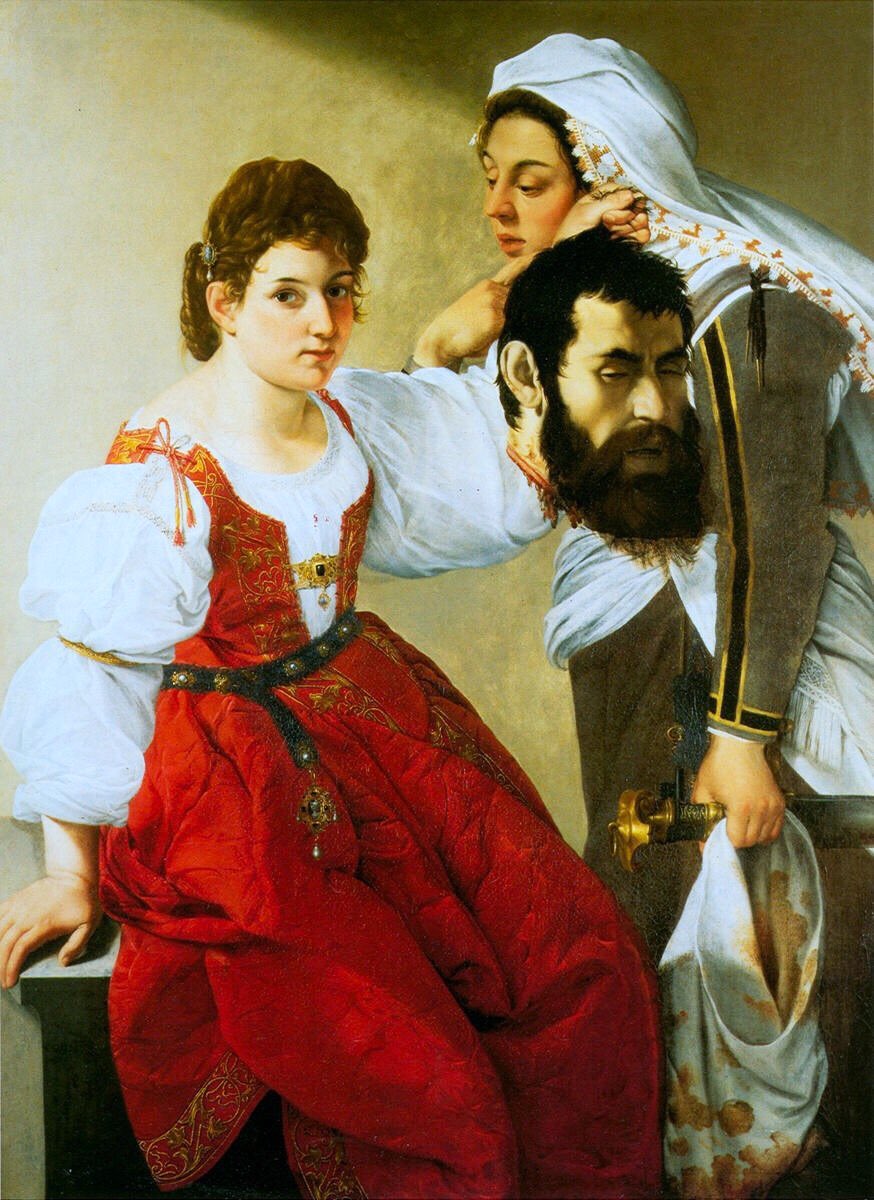

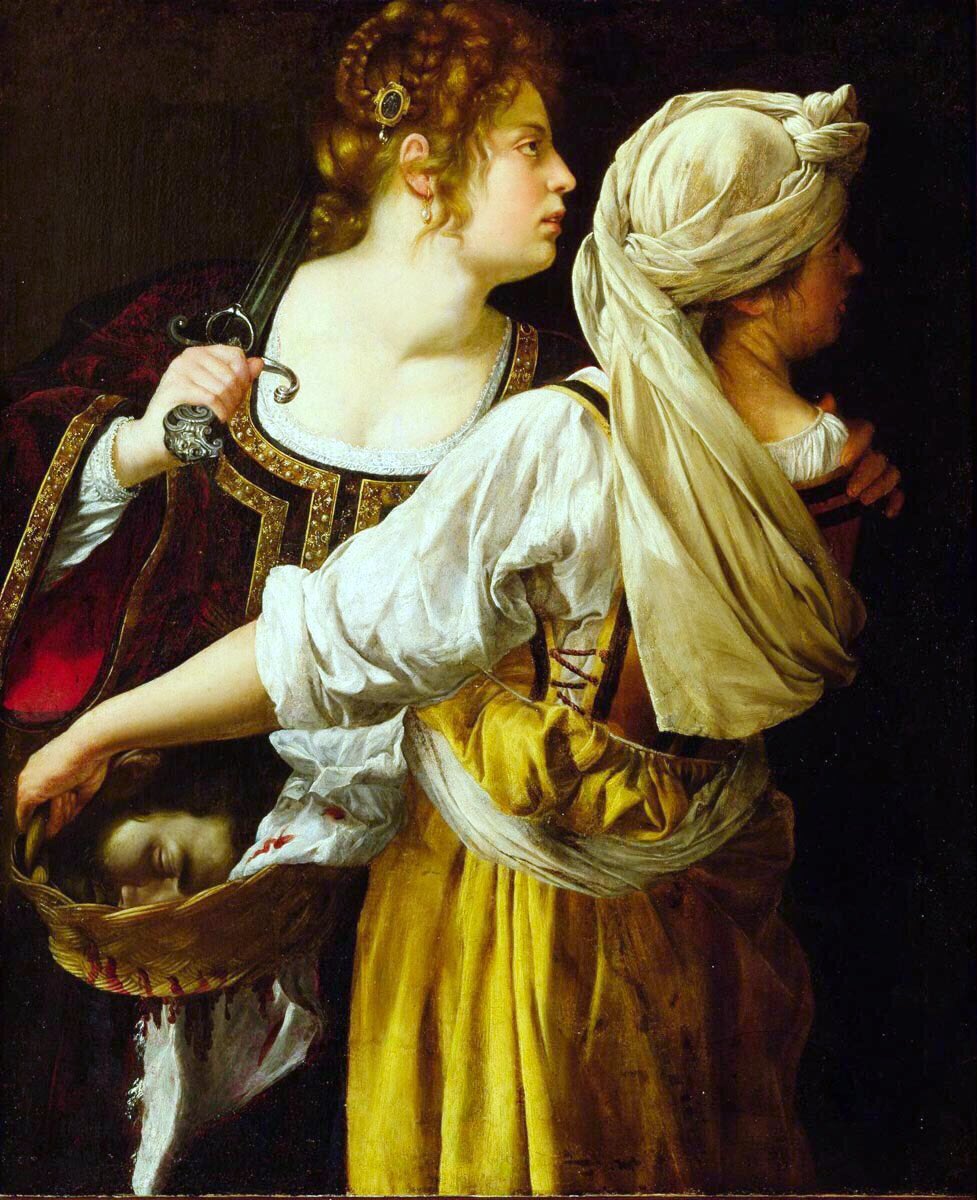
Danaë (1612) & Self-portrait as Female Martyr (1615). Her painting of Danaë shows the influence of Venetian art. You’ll see throughout her work that her own features appear regularly. Her experience of extreme suffering is visible too. 


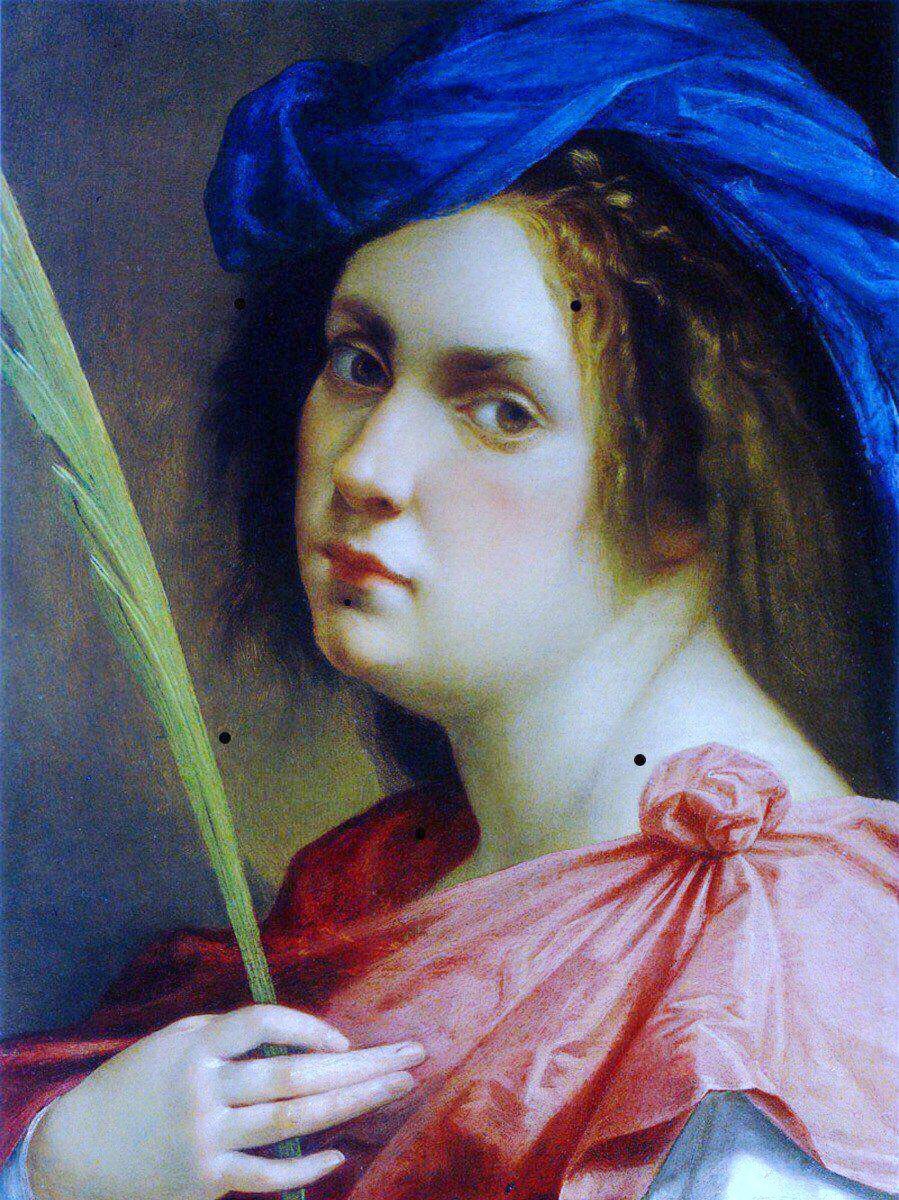
Artemisia was also interested in the work of other great artists & the influence of the Carracci is shown in her work. Her first masterpiece was Susannah & the Elders (1610). Here the realism of the woman’s body is striking & why Artemisia is valued as a great painter. 

In 1611 Artemisia was raped by Agostino Tassi & Cosimo Quorli. She had worked with the former, a painter. He had also given her private tutelage. Artemisia continued to have sex with him in the hopes that by doing so she would clear ‘her’ shame for being raped! Judith (1620) 

St Catherine of Alexandria (c1620 & 1620). Here are two paintings of the same subject. The first is a self-portrait & is more realistic, the second is more idealised & typical of a more courtly elegant approach. The sexual mores of the time were that women were always at fault. 

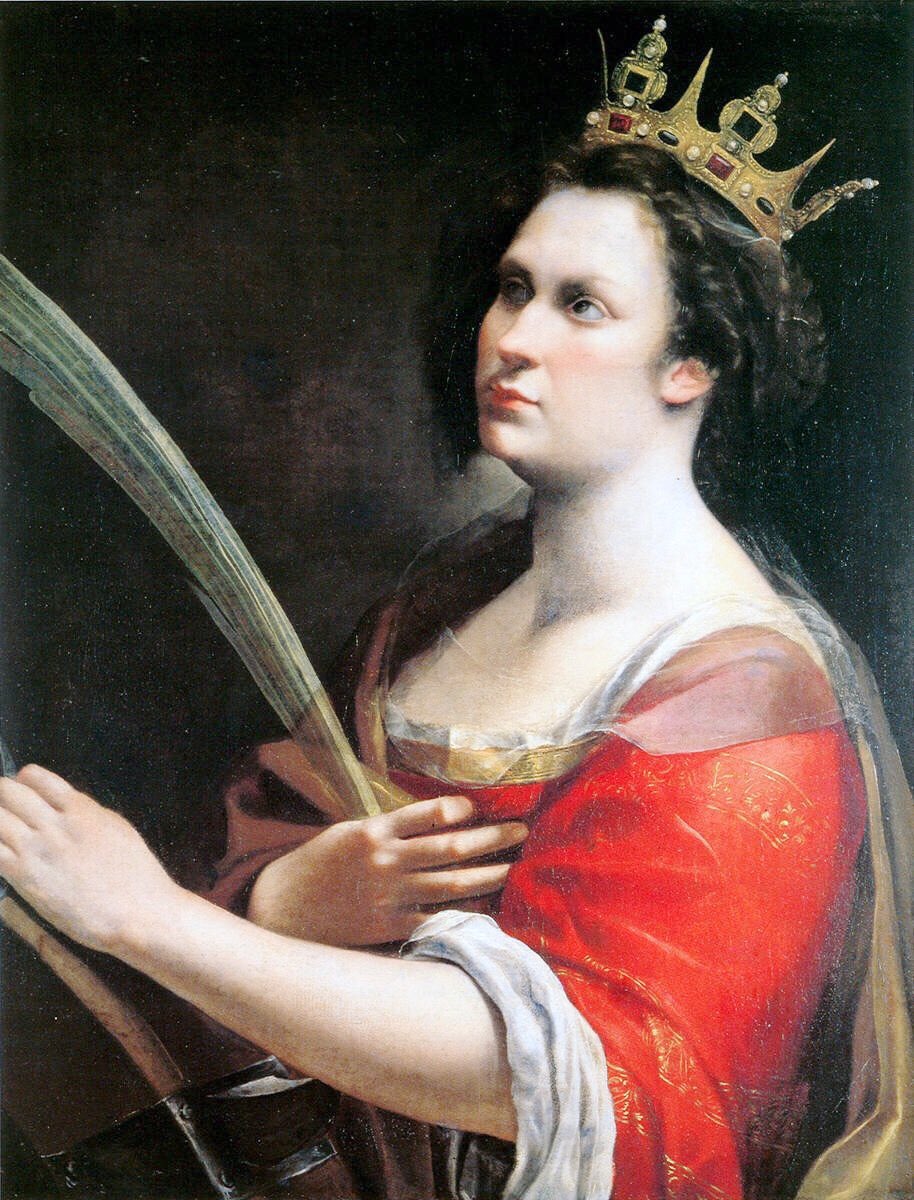

In the patriarchal world of 17th C Italy it was the woman’s responsibility that she had been raped & it was thus a stain on her character. Tassi had promised to marry her (removing ‘her’ shame) but in the end reneged. The Penitent Magdalene (1620) & Yael & Sisara (1620) 



Hearing of this Orazio took Tassi to court. The crux of the case was that Artemisia had to have been a virgin to win. If she had had sex before the rape then she was at fault & there was no case. Fallen women couldn’t be raped! Cleopatra (1621), Lucretia (1621) & Magdalene (1621) 




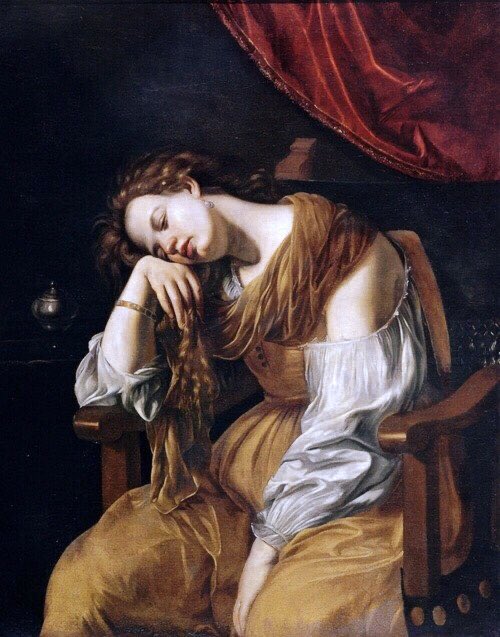
Not only did the artist have to endure the 7 month trial she was also placed in thumb screws to prove the truthfulness of her testimony! In addition her close female friend betrayed her to the rapists. Susanna & the Elders (1622), Esther (1622) & Portrait if a Gonfaloniere (1622) 


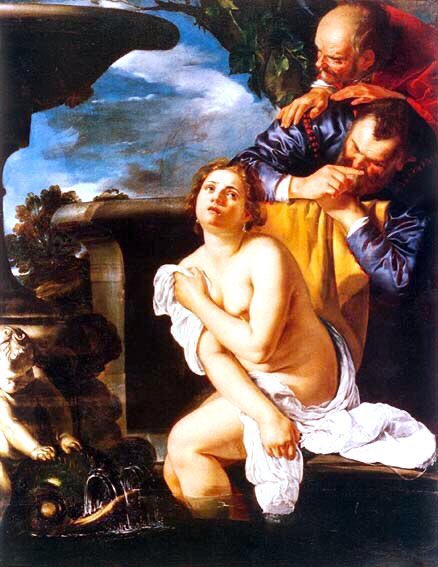
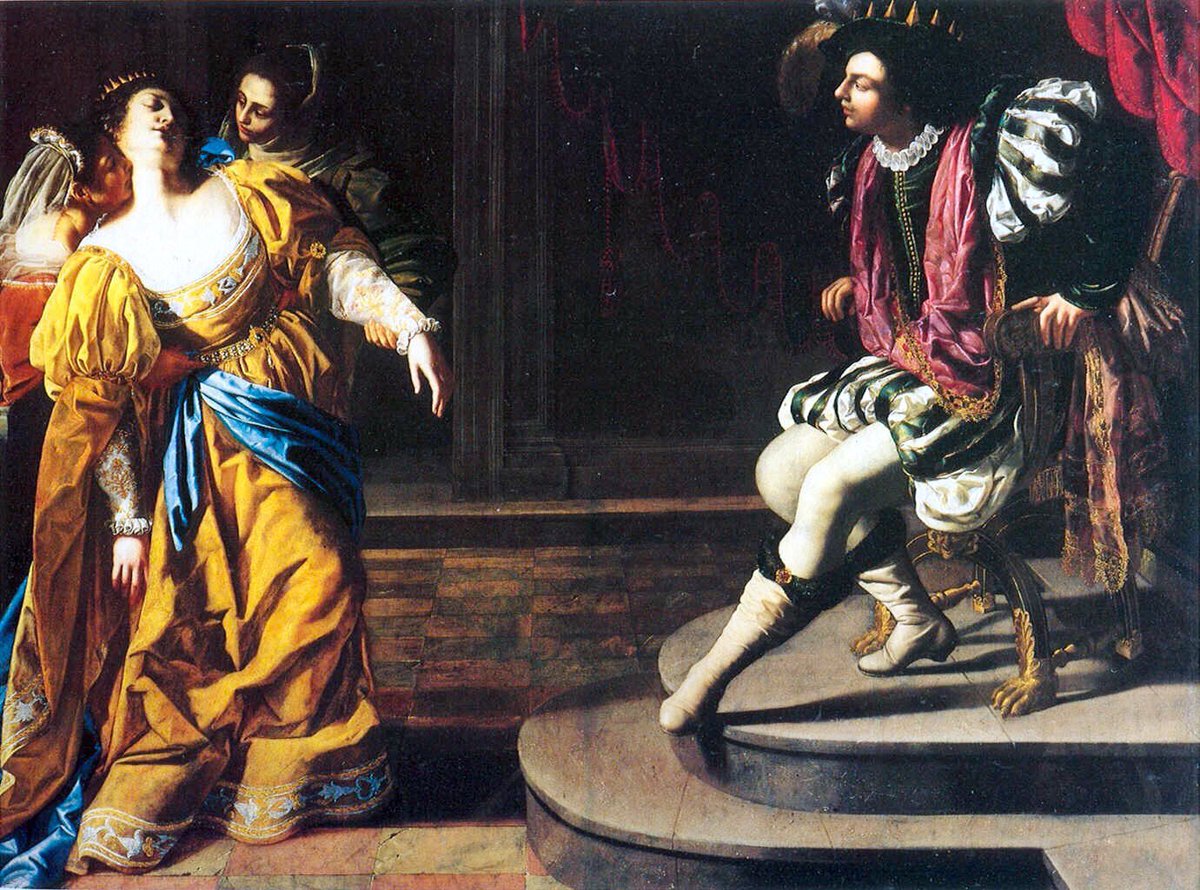

The Gentileschis won the trial, but with the reputation of the daughter besmirched in public eyes. Artemisia’s father quickly married her off to a minor artist from Florence - to which the pair moved. Judith (1623), Aurora (1625-7) & Venus & Cupid (c1625-7) 



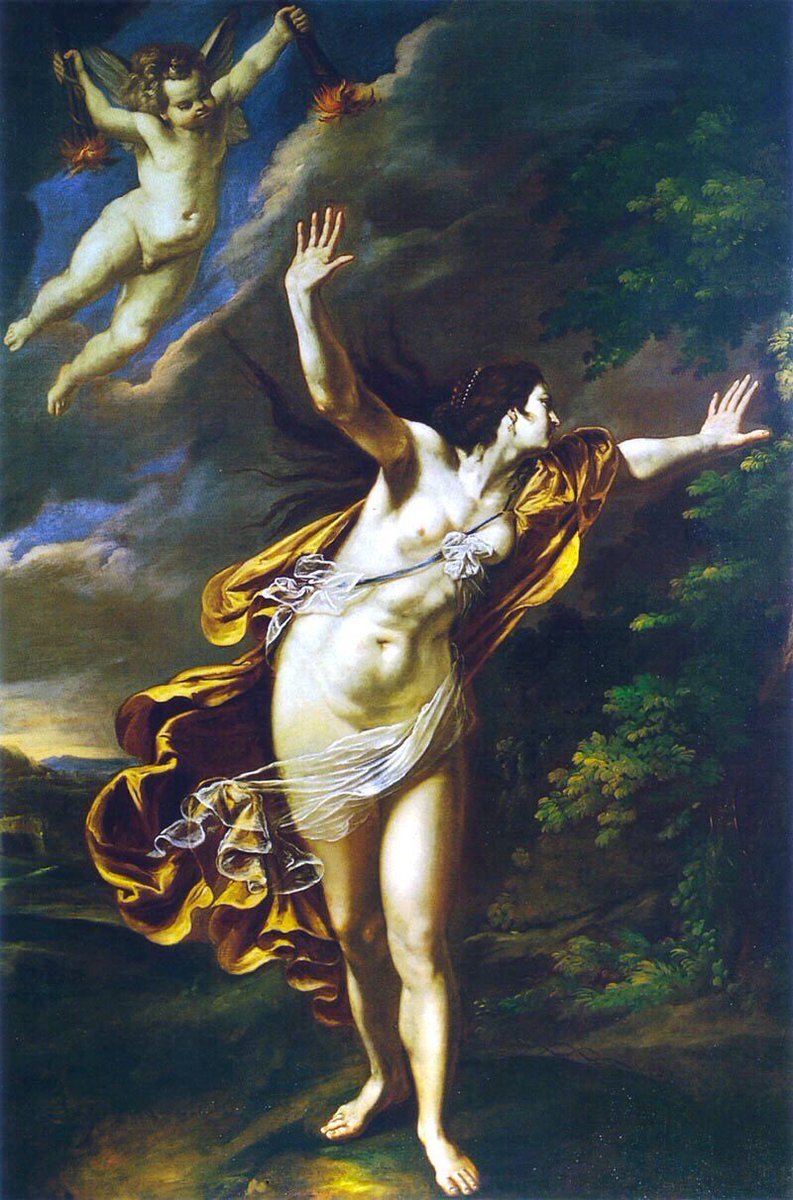
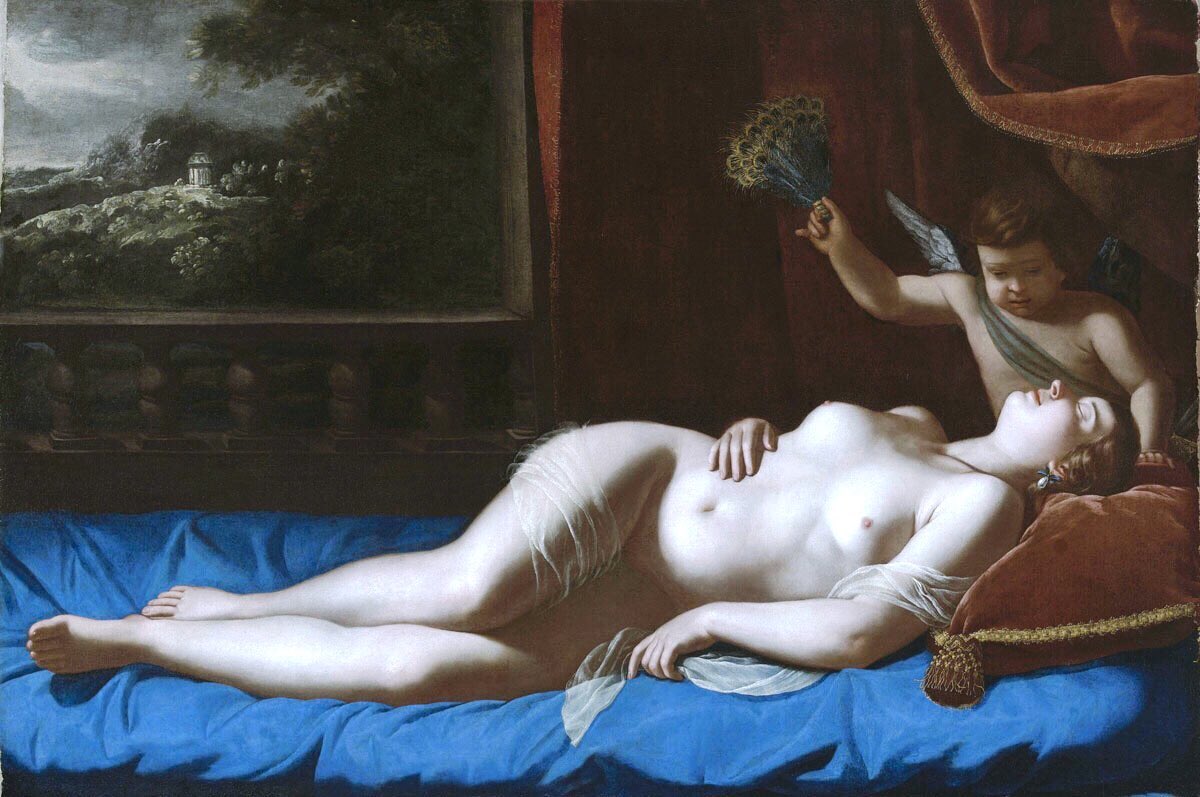
I think it’s fair to say that the only way that Artemisia could have gotten through these awful events, & the way she was treated, was to paint & that the experience of her suffering is marked out in her canvases. Cleopatra (1630), Penitent Magdalene (1631) & Clio (1632) 





Artemisia painted for both Charles I of England & the Medici. Her reputation as a painter was of the highest order & her support by the rulers of Florence indicated her importance in Italy. Lot & His Daughters (1635) & The Birth of St John the Baptist (1635) 

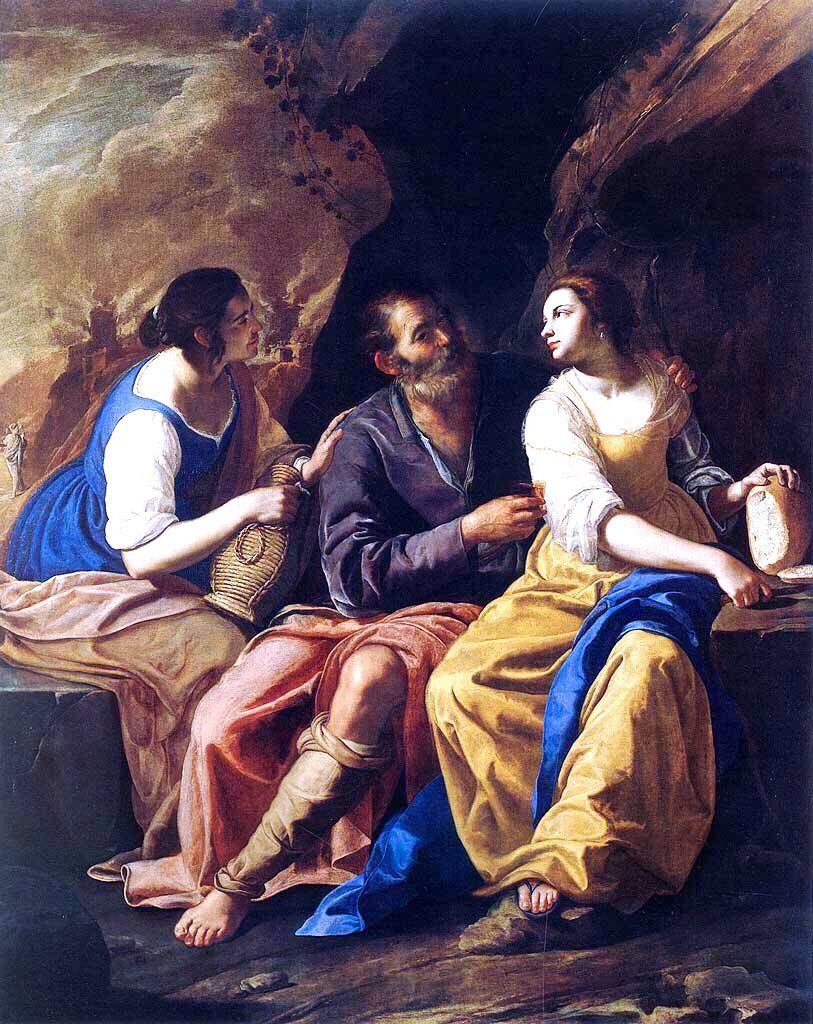

In Florence this reputation meant she was the first woman to be accepted into the city’s Academy of the Arts of Drawing. She was also commissioned to honour Michelangelo in the Casa Buonarroti. Self Portrait (1638), Peace (1638) & Bathsheba (c1636-7) 



In Florence she was her own woman, she had a child with her husband as well as an affair, which her husband accepted. However she fell out with the latter over his spending her money & she moved to Rome in 1621. Allegory of Painting (nd), Bathsheba (1650) & Adoration (1636) 





In Rome she was part of the city’s vibrant arts scene & she worked with & was influenced by artists in the city including Simon Vouet. Female Martyr (nd). It’s important to acknowledge that Artemisia’s style was not revolutionary- it was her passion & psychology that was singular 

At some stage she moved to Venice. It was not unusual for artists to move about in search of buyers. She was noted for her studies of women. Mars & Apollo (nd) is a beautiful image with a composition that uses the space in a dramatic & vibrant form. 
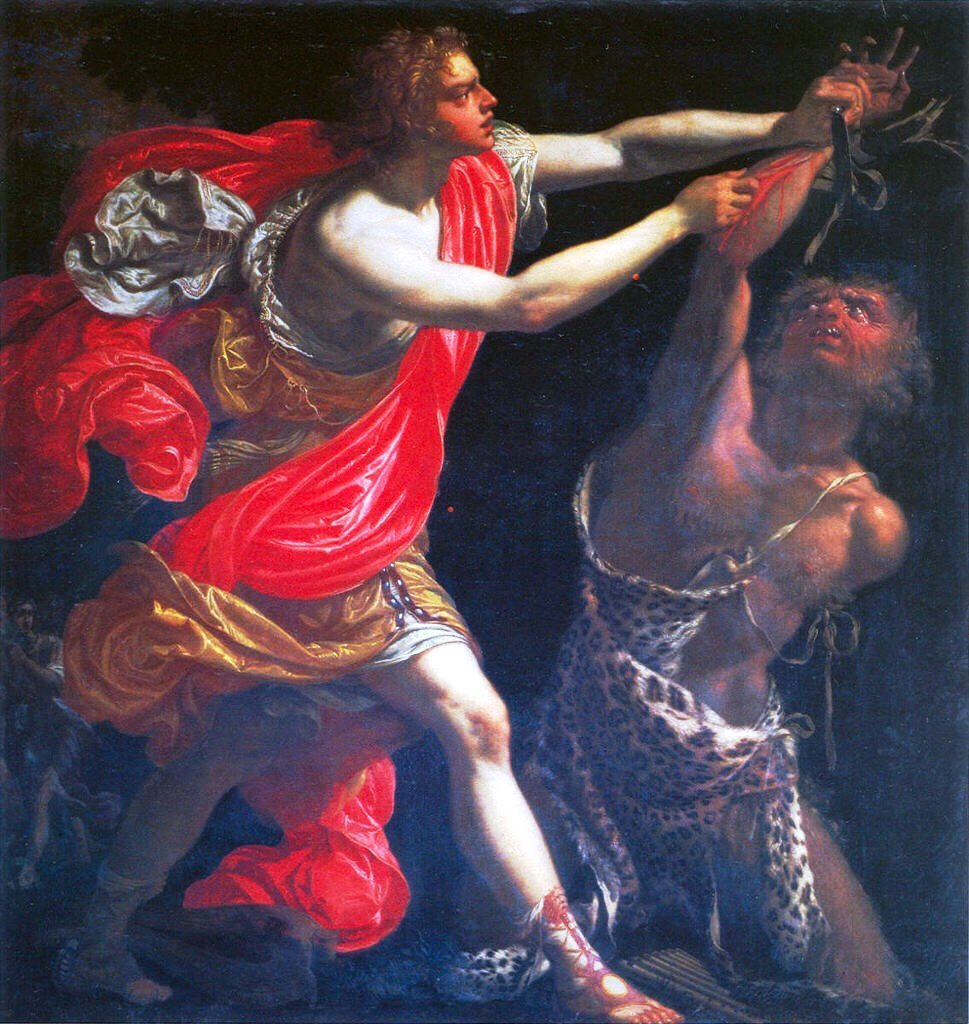
She was in Naples by 1630. There she worked in a Cathedral for the first time; San Gennaro. Salomé with the Head of John Baptist (nd). It’s likely she excised her demons through her work & also that collectors liked the work in that it referred to her then famous trial. 

1638 saw her travel to England & join her father. The latter died in 1639. She had left England by 1642. The artist appears again in 1649 in Naples. It is surmised that she died of the plague around 1656. Venus & Cupid (c1625-30) 

Here’s more on my own work. It is characterised by joy, empathy, love & hope. There’s a drawing here to cheer up your home.
https://twitter.com/RobertBohan/status/1368642447392247811
• • •
Missing some Tweet in this thread? You can try to
force a refresh














